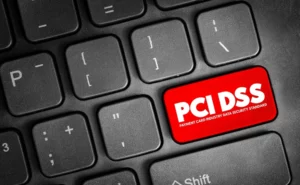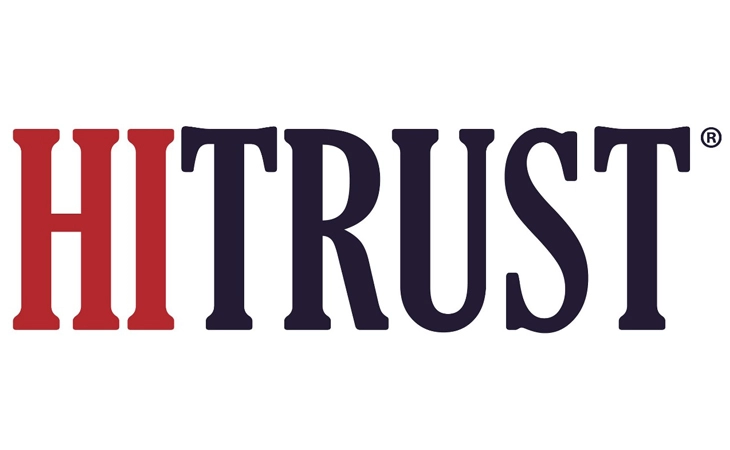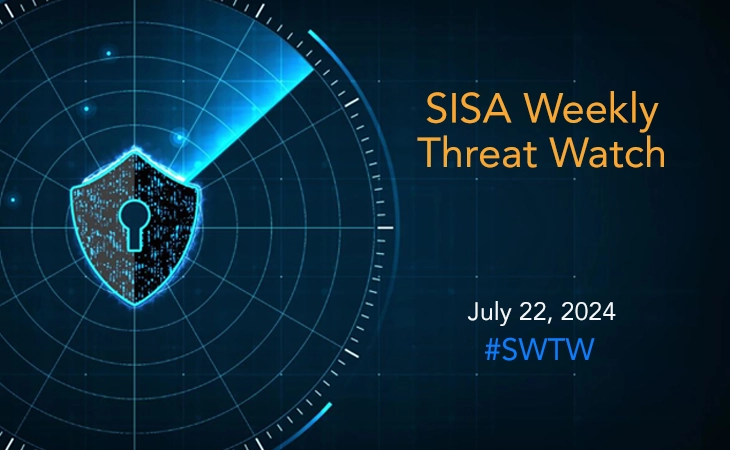
What is PCI DSS Compliance? Definition, Importance & Requirements
- May 21, 2024
What is PCI DSS Compliance?
PCI DSS stands for Payment Card Industry Data Security Standard. It is a set of security standards designed to ensure that all companies that accept, process, store, or transmit credit card information maintain a secure environment. Developed by major credit card companies like Visa, Mastercard, American Express, Discover, and JCB, PCI DSS aims to protect cardholders’ data from theft and fraud.
Why is PCI DSS Compliance Important?
- Data Protection: Compliance with PCI DSS helps protect sensitive payment card data from unauthorized access, theft, and fraud. This includes cardholder information such as credit card numbers, expiration dates, and security codes.
- Customer Trust: Adhering to PCI DSS standards enhances customer trust and confidence. Customers are more likely to transact with businesses that demonstrate a commitment to protecting their financial information.
- Legal and Financial Consequences: Non-compliance can result in severe penalties, fines, and legal liabilities. A data breach involving payment card information can lead to reputational damage and financial losses for businesses.
- Industry Requirement: Many payment card processors and financial institutions require merchants to be PCI DSS compliant. Compliance is often a prerequisite for establishing and maintaining relationships with these entities.
Learn More: The Future of Payment Security – A Guide to PCI DSS v4.0
12 Key Requirements of PCI DSS Compliance:
- Use and Maintain Firewalls: Firewalls act as a barrier between a secure internal network and untrusted external networks, such as the internet. They inspect incoming and outgoing traffic based on predetermined security rules. To comply with PCI DSS, businesses must not only have firewalls in place but also regularly update and maintain them. This includes reviewing firewall configurations, implementing firewall policies, and ensuring that default settings are changed to enhance security.
- Proper Password Protections: Weak or default passwords are a common entry point for attackers. PCI DSS requires organizations to implement strong password policies, including using complex passwords, changing passwords regularly, and prohibiting the use of default or easily guessable passwords. Additionally, access to systems and devices should be restricted based on the principle of least privilege, ensuring that users only have access to the resources necessary for their roles.
- Protect Cardholder Data: Cardholder data, including primary account numbers (PANs), must be protected through encryption. This means using strong encryption algorithms and secure encryption keys to render data unreadable to unauthorized users. Businesses must also implement measures to securely store and transmit cardholder data, such as using secure protocols like HTTPS for web transactions.
- Encrypt Transmitted Data: Whenever cardholder data is transmitted over open, public networks, it must be encrypted to prevent interception by malicious actors. This applies to data transmitted between point-of-sale (POS) terminals and payment processors, as well as data transmitted between different locations within an organization’s network.
- Use and Maintain Anti-Virus: Anti-virus software helps protect systems from malware, viruses, and other malicious software that can compromise cardholder data. PCI DSS requires organizations to install and regularly update anti-virus software on all systems that interact with cardholder data. This includes POS terminals, servers, workstations, and any other devices connected to the network.
- Properly Updated Software: Keeping all software up to date with the latest security patches and updates is crucial for PCI DSS compliance. This applies not only to operating systems and anti-virus software but also to applications, plugins, and firmware. Regularly updating software helps mitigate vulnerabilities that could be exploited by attackers.
- Restrict Data Access: Access to cardholder data should be restricted to only those individuals or roles that require it to perform their job functions. This principle of “need to know” ensures that sensitive information is only accessible to authorized personnel. Implementing access control measures, such as role-based access control (RBAC) and strong authentication mechanisms, helps enforce data access restrictions.
- Unique IDs for Access: Each individual with access to cardholder data should have a unique identifier, such as a username or employee ID. Shared or generic accounts should be avoided, as they increase the risk of unauthorized access and make it difficult to trace actions to specific users. Unique IDs facilitate accountability and traceability in case of security incidents.
- Restrict Physical Access: Physical access to facilities, systems, and storage locations containing cardholder data must be restricted to authorized personnel only. This includes securing server rooms, data centers, and storage devices with locks, access control systems, and surveillance cameras. Monitoring and logging physical access help track who accesses sensitive areas and when.
- Create and Maintain Access Logs: Logging and monitoring access to cardholder data is essential for detecting and investigating security incidents. Access logs should capture details such as user IDs, timestamps, and actions performed. Reviewing access logs regularly helps identify unauthorized access attempts, anomalies, and suspicious activities.
- Scan and Test for Vulnerabilities: Conducting regular vulnerability scans and penetration tests helps identify and remediate security weaknesses in systems, networks, and applications. These tests should be performed by qualified personnel using approved tools and methodologies. Addressing vulnerabilities promptly reduces the risk of exploitation and data breaches.
- Document Policies: Documenting policies, procedures, and processes related to PCI DSS compliance is necessary for demonstrating adherence to security standards. This includes maintaining an inventory of hardware and software assets, documenting access control policies, encryption practices, incident response procedures, and employee training programs. Having clear documentation facilitates audits, compliance assessments, and internal security reviews.
In summary, PCI DSS compliance requires a comprehensive approach to information security, encompassing technical controls, access management, encryption practices, vulnerability management, and documentation. By implementing and maintaining these 12 requirements, organizations can enhance the security of cardholder data and reduce the risk of data breaches and financial fraud.
Read More: 7 Ways Payment Security Training Empowers Businesses for Success
What are the 4 levels of PCI DSS Framework?
The PCI DSS compliance framework consists of four levels, which are determined based on the volume of transactions processed by a business annually. Here are the levels:
-
Level 1: Merchants processing over 6 million transactions per year (or any merchant that has experienced a data breach).
-
Level 2: Merchants processing between 1 million and 6 million transactions per year.
-
Level 3: Merchants processing between 20,000 and 1 million e-commerce transactions per year.
-
Level 4: Merchants processing fewer than 20,000 e-commerce transactions and all other merchants processing up to 1 million transactions per year.
It’s important to note that the specific requirements for each level may vary slightly, with higher levels generally having more stringent security requirements.
Case Study: SISA Secures Middle Eastern Bank’s PCI DSS Across Borders
Achieving and Maintaining PCI DSS Compliance:
Achieving and maintaining PCI DSS compliance is an ongoing process that requires dedication, resources, and a comprehensive approach to security. Here are steps that businesses can take to ensure compliance:
- Assess Your Current Environment: Conduct a thorough assessment of your systems, processes, and controls to identify areas that need improvement for PCI DSS compliance.
- Implement Security Measures: Implement security measures such as encryption, access controls, network segmentation, and regular security testing to protect cardholder data.
- Train Employees: Educate employees about security policies, procedures, and best practices to ensure they understand their roles in maintaining compliance.
- Regularly Monitor and Test: Continuously monitor and test your systems for vulnerabilities, unauthorized access attempts, and other security risks. Conduct regular security audits and assessments.
- Stay Updated: Keep abreast of changes to PCI DSS standards and update your security measures accordingly. Regularly review and revise your security policies and procedures.
- Work with Qualified Security Assessors (QSAs): Consider engaging qualified security assessors (QSAs) to help assess your compliance status, identify gaps, and provide guidance on remediation efforts.
- Report and Remediate: Submit required compliance reports (such as Self-Assessment Questionnaires or Reports on Compliance) to the appropriate card brands or acquirers. Address any identified non-compliance issues promptly.
Conclusion:
PCI DSS compliance is a critical aspect of ensuring the security and integrity of payment card data. By adhering to PCI DSS standards, businesses can protect themselves and their customers from the risks associated with data breaches and fraud. Implementing robust security measures, regularly assessing compliance, and staying informed about industry best practices are key steps towards achieving and maintaining PCI DSS compliance. Ultimately, prioritizing data security not only helps businesses meet regulatory requirements but also builds trust and confidence among customers in an increasingly digital and interconnected world.
Frequently Asked About PCI DSS Compliance
What is PCI DSS compliance?
PCI DSS compliance is the adherence to a set of security standards established by the Payment Card Industry to protect cardholder data during payment card transactions.
Is PCI DSS compliance mandatory?
Yes, PCI DSS compliance is mandatory for all businesses that handle credit card transactions to ensure the security of cardholder data.
What are the 4 things PCI DSS covers?
PCI DSS covers the protection of cardholder data, maintaining a secure network and systems, implementing strong access control measures, and regularly monitoring and testing networks for vulnerabilities.
Why PCI DSS is used?
PCI DSS is used to safeguard payment card data and prevent unauthorized access or fraud during credit card transactions.
What is the PCI DSS compliance provision?
The PCI DSS compliance provision outlines the security standards and requirements that businesses must follow to protect cardholder data during payment card transactions.
Latest
Blogs
Whitepapers
Monthly Threat Brief
Customer Success Stories
 USA
USA India
India APAC
APAC Middle East
Middle East Global
Global






 Facebook
Facebook Linkedin
Linkedin  X
X Youtube
Youtube








